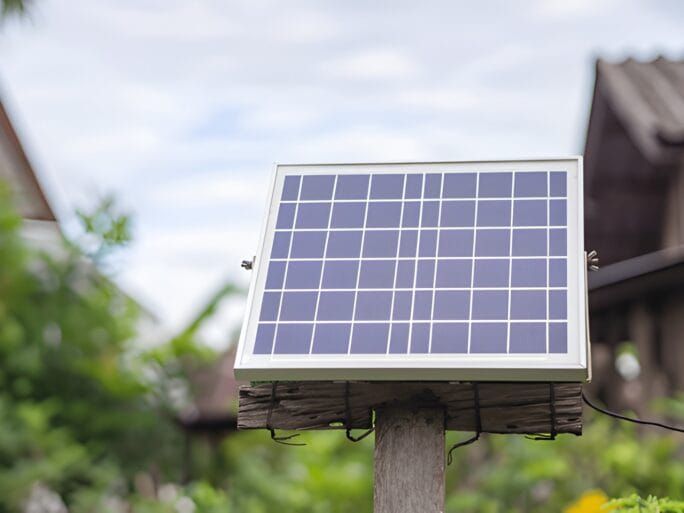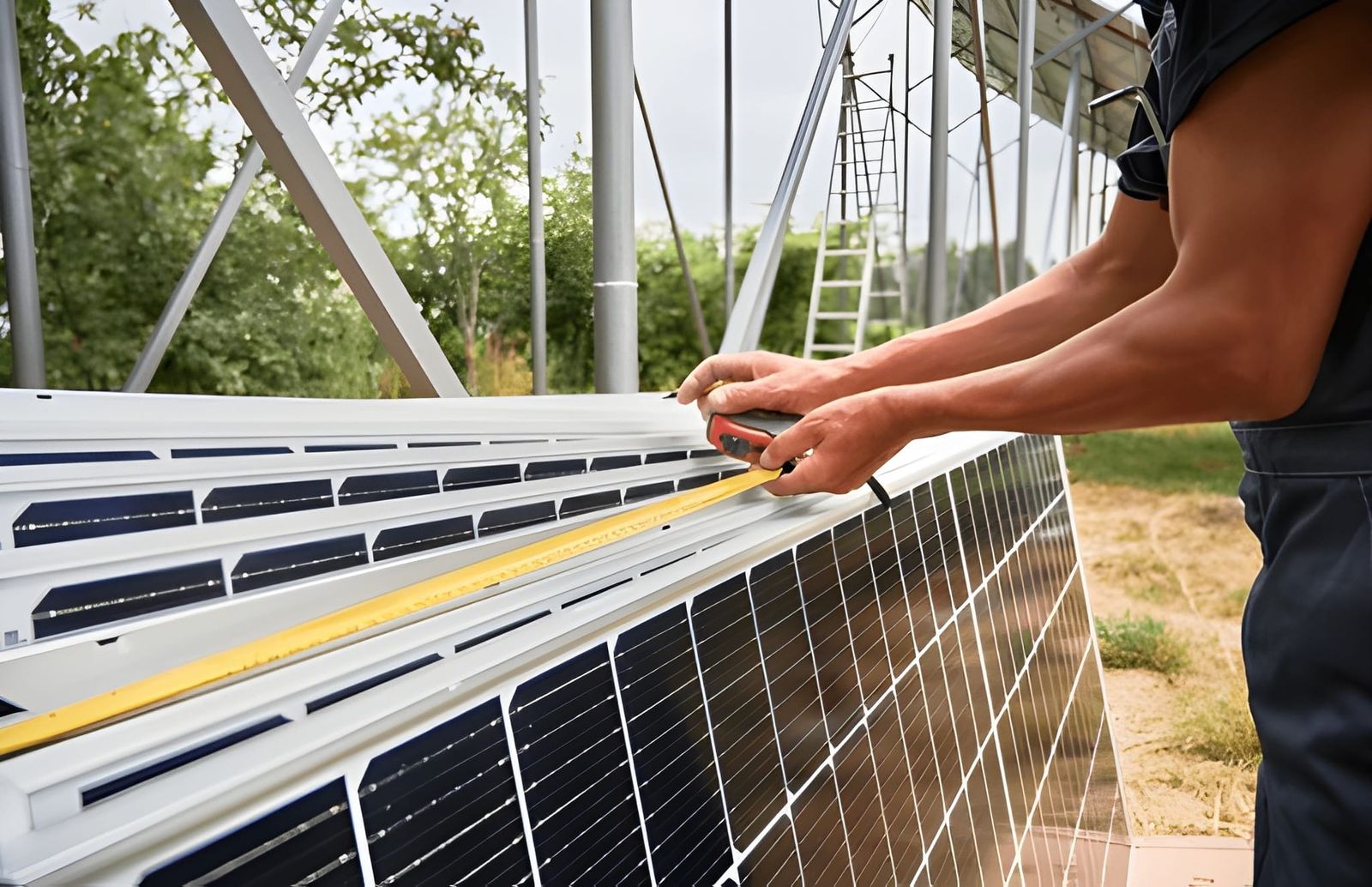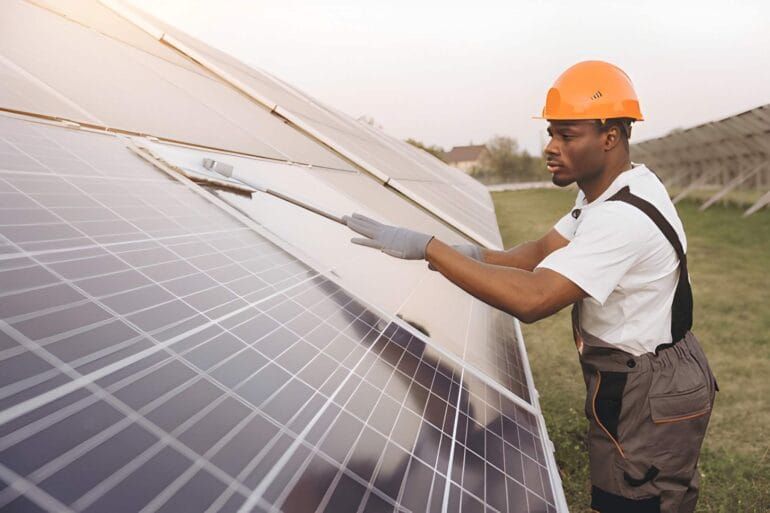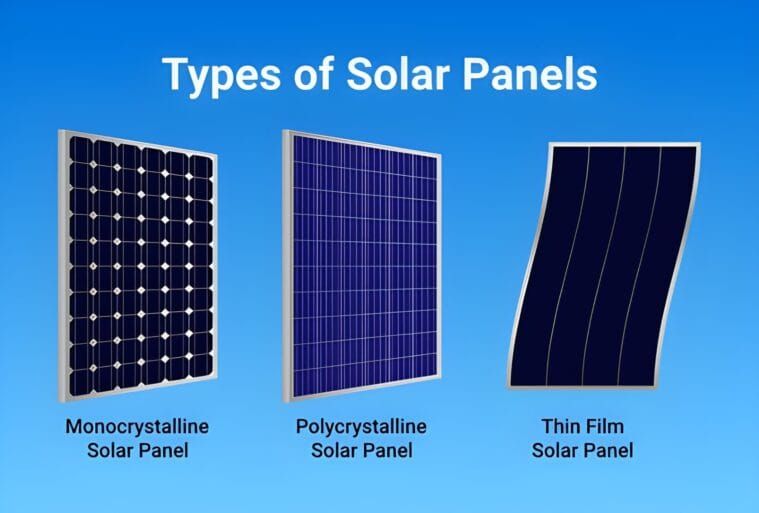Rooftop solar installation is one of the best investments any Western Australian homeowner can make. Yet one of the key decisions that you’ll need to make is how large a solar system size WA is appropriate for your residence. Too small and you’re losing out on possible savings. Pick too big and the additional capacity might never be worthwhile. In this real-world guide, we will assist you in knowing how much kW solar system WA houses require, what influences solar panel system sizing Western Australia, how to apply a solar system sizing calculator WA, and why accurate sizing is important for a Perth-area residence.
Why System Size Matters
When you’re choosing a solar installation, the system size (typically expressed in kilowatts or kW) is more than an arbitrary figure. The correct size means you get the most out of your investment: you produce copious amounts of clean energy, you cover your daytime consumption, and you prevent shooting excess electricity into the grid for peanuts. Experts highlight that the optimum returns occur when your solar output precisely matches your daytime power use. This is particularly important in Western Australia, where feed-in tariffs (the price received for power fed into the grid) are low, so making the most of self-consumption is imperative.
The Fundamentals of Size
To avoid getting bogged down in numbers at this point, let’s establish some definitions:
- System size = the installed capacity of your solar panel array (in kW) under typical conditions.
- kW = kilowatts; how much power your system is capable of producing at the moment of need.
- kWh = kilowatt-hours; how much energy you consume or produce in the long run.
- Inverter size = the unit’s capacity that takes DC from panels and converts it to AC for your home.
For Australia’s government, “the right size rooftop solar system … depends on the available sunny roof area, amount of electricity you use and when you use it, price you pay for electricity and the feed-in tariff, and your budget.”
Energy Australia
It therefore follows that there is no one-size-fits-all solution; your household usage pattern, roof, future requirements and local grid restrictions all come into play.
Step 1: Review Your Electricity Usage
One of the initial steps in coming up with the right solar system size WA is to observe your bills. Ask yourself:
- How many kWh do I consume on an average day?
- When do I consume most electricity (morning, during the day, evening)?
- Are there loads I can move into daylight hours (e.g., pool pump, hot water, EV charging)?
If you use your system extensively after dark, a big solar system will produce a lot of electricity you won’t use when it’s made, cutting savings since you’ll end up exporting more for low feed-in tariffs. Instead, designing your system around your daytime usage is a better bet.
Step 2: Assess Your Roof & Sunlight Conditions
For your Perth solar system home or broader WA home, roof considerations come into play:
- Roof space available: How many panels will physically fit without shading or obtrusive angles?
- Orientation & tilt: In Western Australia, north-facing roofs optimize output, but east- and west-facing roofs can also work with slight adjustment.
- Shading: Trees, close buildings or roof obstructions cut performance.
- Roof condition: If your roof is due to be replaced soon, it’s best to do that first.
- The rule: if you have a small or shaded roof, the largest system size is limited. On the other hand, a big, unshaded north-facing roof provides more flexibility.
Step 3: Match Generation to Daytime Usage
Because feed-in tariffs are modest, the best ROI comes when your solar output aligns with your daytime energy consumption. That means choosing a system that covers your usage when you’re home, appliances running, lights on, rather than simply maximising export potential. Oversizing a system so it exports large surplus may sound appealing, but the savings are often far lower than expected.
Step 4: Use a Solar System Sizing Calculator WA
There are tools that provide an estimate for your system size based on your usage, roof and location. Australia’s government site mentions the free “SunSPOT” calculator that asks about your usage, roof area and feed-in tariff to guide a size.
Energy Australia
For WA homes, utilising such a calculator assists you in entering local solar irradiation, angle and tariff values. It’s worth doing a rough estimate, but don’t depend solely on it local installers (like b) will optimise based on actual site survey.
Sample Sizing Scenarios in WA

Suppose two homes in WA:
- Home A: average daily usage 18 kWh, usage predominantly evening and night.
- Home B: average daily usage 18 kWh, but with high daytime loads (home-office, pool pump, EV charging during day).
For Home A (evening-heavy usage)
Because most consumption is after solar generation hours, a moderate system might make sense say a 5–6 kW system. Oversizing much beyond that may generate surplus midday when you’re not using it, and you’ll export for a low tariff.
For Home B (daytime-heavy usage)
Here, a larger system of perhaps 7–8 kW may pay off, because most of the generation occurs when loads are live. You’ll consume the power as it’s produced, reducing grid import during the day and improving payback.
These scenarios illustrate how how many kW solar system WA depends less on “biggest possible” and more on “right size for my load”.
System Size vs Budget vs Roof Space
When comparing quotes, you’ll see different system sizes, e.g., 3 kW, 5 kW, 8 kW etc. As the example from Sydney shows, often the “optimal size” for ROI of a 20 kWh/day usage profile was around 6 kW.
Synergy
+1
Smaller systems sometimes cost proportionally more per kW installed and deliver less savings; larger systems may cost more but have diminishing returns due to limited self-use and lower export revenue.
For a WA home, barring your roof or budget limiting you, a 5–8 kW system usually finds the sweet spot for most typical WA homes. But if your usage is low or you expect future growth, you can go higher.
Future-Proofing Your Solar System Capacity WA
One of the most important things to consider in solar system capacity WA restrictions is future power requirements. You may currently use a modest amount but anticipating growth involves oversizing slightly. Take into account:
- Adding an EV or home-charging point
- Installing a pool or spa
- Changing to electric water/heating from gas
- Construction of a granny flat
- Working from home resulting in increased daytime load
If these changes are imminent, it could be logical to put on more capacity now instead of adding it later (which tends to be more expensive in terms of time, connection fees and additional equipment). That’s why a slightly bigger system now is often a wise investment.
Network & Grid Connection Considerations in WA
In Western Australia, the constraints of a local network might limit the size you can connect or export. For example, your distribution network provider might limit your inverter size or export limit when you’re on a single-phase supply. This is something that solar panel system sizing Western Australia needs to check. As per the government guide:
“A connection limit limits the capacity of the roof solar system inverter which can be connected to the grid … An export limit limits how much power you can export to the grid.”
Energy Australia
So, before you sign up, make sure your installer tests your site’s permitted size, and whether an export-limiter or other workarounds are required.
Choosing a System Size with Batteries in Mind
If you are thinking of battery storage in addition to solar (or down the road), this impacts size choices. A larger solar array charges up the battery during the day and lowers your grid use at night or when you hit peak usage. If installing a battery is part of the plan, you may plan the solar size somewhat higher to make sure that there is sufficient excess generation. Consider the added expense and whether your day use justifies it.
Common Sizing Traps
The following are some traps to be avoided:
- Opting for the biggest system available simply because “bigger is better”: If your load does not match, additional capacity under-uses.
- Overlooking shading or roof orientation: A perfect 8 kW system on a heavily shaded or west-facing roof won’t work.
- Overlooking future loads: Not planning for EVs, pools, additional residences means expansion down the road.
- Overlooking export rate realities: If you have a low feed-in tariff, export-focused systems provide less value.
- Not monitoring network export or inverter size constraints: You might be installing more panels than your network or inverter will support.
Conclusion: Join Easy Solar for the Right-Sized System
Easy Solar is in an ideal position to assist you in determining the right system size for your house if you are ready to make the transition. With their on-the-ground knowledge, Tier-1 hardware, local installation team, battery ready-systems, and easy-to-understand sizing advice, you’ll receive a solar solution made not only for the most capacity, but for the maximum value. If you’re looking for how much kW solar system WA you require, designing a system for a Perth dwelling, or interested in utilising a solar system sizing calculator WA, Easy Solar can assist you from consultation to installation and more.
Pick the system that suits you our roof, your usage, your future not just a large number. That’s the intelligent way to solar success in Western Australia.







